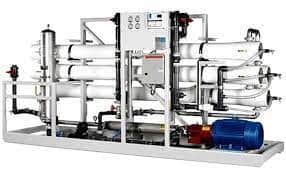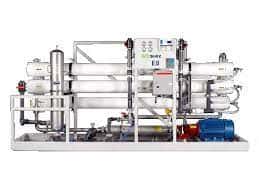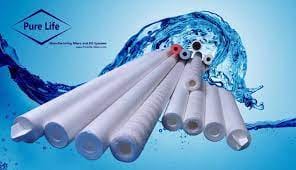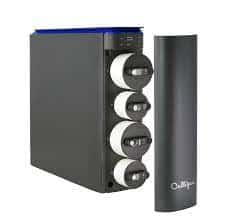RO System
Buy on whatsappDescription
Introduction
Water is an essential resource for our daily lives, and ensuring its quality is crucial for our health and well-being. One effective method of purifying water is through the use of a Reverse Osmosis (RO) system. In this comprehensive guide, we will explore the working principles, advantages, and considerations for selecting the right RO system to meet your water filtration needs.
Understanding Reverse Osmosis
How Does an RO System Work?
Reverse osmosis is a water purification process that uses a semi-permeable membrane to remove contaminants from water. It works by applying pressure to the water, forcing it through the membrane while leaving behind impurities such as dissolved solids, bacteria, and chemicals.
The RO system consists of several key components, including a pre-filter, a membrane, a post-filter, and a storage tank. The pre-filter removes larger particles, sediment, and chlorine, protecting the RO membrane from damage. The RO membrane is the heart of the system, selectively allowing water molecules to pass through while blocking contaminants. The post-filter provides a final polish, removing any residual tastes or odors. The purified water is stored in a tank for on-demand use.
Advantages of RO Systems
- Superior Filtration: RO systems are highly effective in removing a wide range of impurities, including heavy metals, pesticides, chlorine, and volatile organic compounds (VOCs). This results in better-tasting and odor-free drinking water.
- Improved Drinking Water Quality: By eliminating contaminants, an RO system provides water that is safe and healthy to consume. It’s an ideal solution for households concerned about waterborne diseases and the overall quality of their drinking water.
- Convenience: Having an RO system at home eliminates the need for purchasing bottled water, which not only saves money but also reduces plastic waste.
- Versatility: RO systems can be installed in residential, commercial, and industrial settings. They can effectively purify tap water, well water, and even brackish water sources.
- Long-Term Cost Savings: While the initial investment may be higher compared to other filtration methods, RO systems have lower maintenance costs in the long run. They require periodic filter replacements but are generally durable and reliable.
Selecting the Right RO System
When choosing an RO system, several factors should be considered:
- Water Quality: Assess the quality of your water source to determine the level of filtration required. Conduct a water test or consult a professional to identify the specific contaminants present.
- System Capacity: Evaluate the daily water usage in your household or establishment. Choose an RO system with an appropriate flow rate and storage capacity to meet your needs.
- Efficiency: Look for an RO system that is energy-efficient, as it will save electricity and reduce operating costs over time.
- Ease of Maintenance: Consider the ease of filter replacement and system maintenance. Opt for systems with user-friendly designs and readily available replacement filters.
- Certified and Tested: Ensure the RO system is certified by reputable organizations such as NSF International or the Water Quality Association (WQA) to guarantee its performance and safety.
Conclusion
Investing in a reverse osmosis (RO) system is a wise choice for those seeking clean, purified drinking water. With their advanced filtration capabilities, RO systems remove contaminants, improve taste, and ensure the overall quality of your water. By understanding how RO systems work and considering the essential factors when selecting one, you can make an informed decision and enjoy the benefits of having a reliable water purification solution in your home or establishment.
Remember, when it comes to your health and the health of your loved ones, clean water is a necessity. Consider installing an RO system to provide you with peace of mind and a continuous supply of safe, refreshing drinking water.





